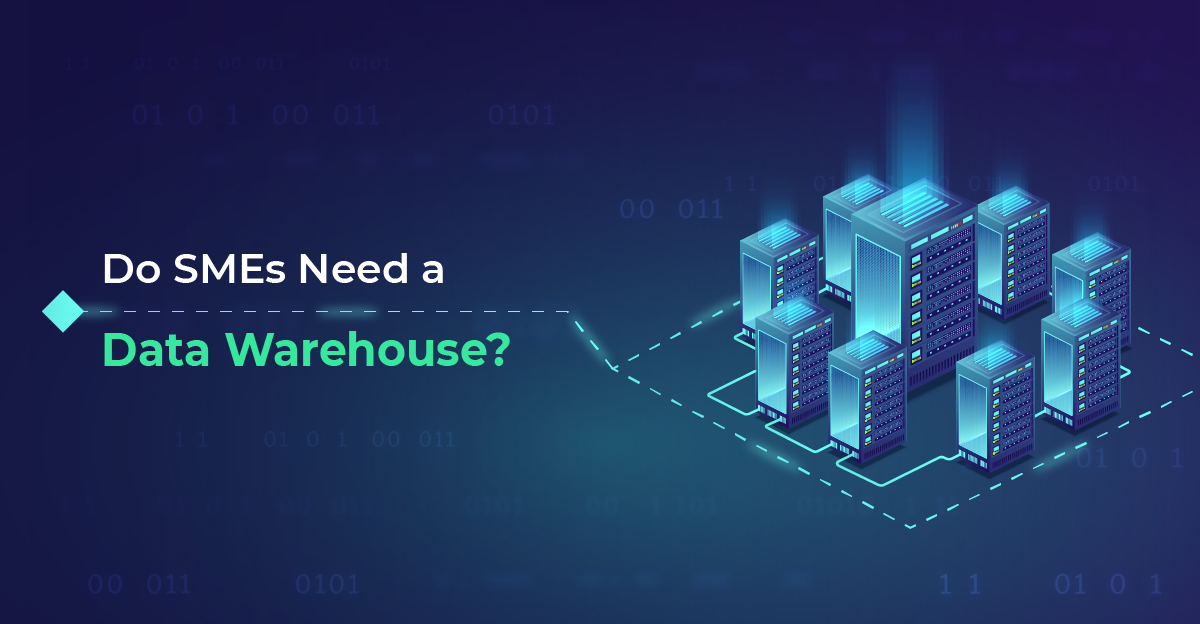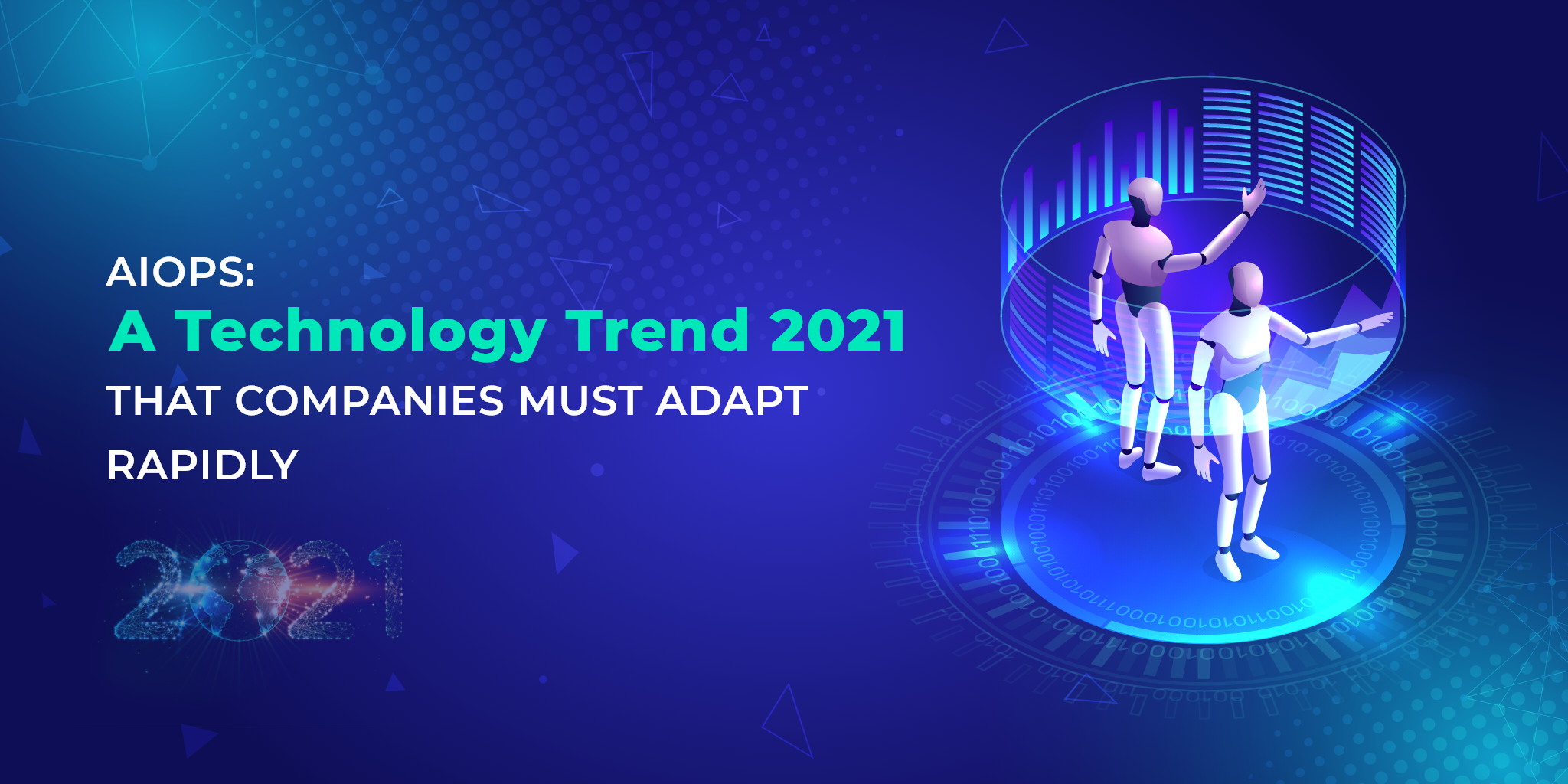Modern Data Quality Framework Helps Make Decisions
Understanding the anatomy of a Modern Data Quality Framework: Pillars, Roles & Tools for Driving Reliable Enterprise Data has become imperative in a world where every click, transaction, and IoT signal generates data. To manage this at scale, enterprises are increasingly adopting a modern data quality framework — a structured approach combining governance, roles, tools, and metrics to ensure data is accurate, consistent, timely, and fit for purpose.
I still remember when a leading retail chain launched a loyalty campaign based on flawed customer segmentation. Duplicate profiles and outdated addresses meant thousands of emails never reached their intended recipients — a $10 million marketing loss and months of recovery. That kind of scenario underscores why a modern data quality framework matters: it builds guardrails around data to ensure velocity and volume do not degrade integrity.
In this article, we dive into the essential pillars, roles, tools, and implementation strategies behind a robust framework for data trust. You’ll learn how to embed accountability, automate detection, and measure progress so your enterprise can harness reliable data at scale.
TL;DR — Key Takeaways
- A modern data quality framework defines how organizations manage, monitor, and improve data trustworthiness.
- It rests on five core pillars: data profiling, standardization, validation, governance, and measurement.
- Defined roles and responsibilities (CDO, data stewards, owners, custodians) ensure accountability.
- Modern tools like Talend, Informatica, and Collibra automate and scale data quality processes.
- Implementation success hinges on continuous improvement and business-aligned KPIs.
- The payoff: reliable insights, stronger compliance, and smarter decisions across every sector.
The Data Quality Challenge in the Modern Enterprise
The volume, velocity, and variety of data today have outpaced traditional methods of quality management. Enterprises manage petabytes of structured and unstructured data across cloud, hybrid, and on-premises systems. According to IDC, 80% of enterprise data will be unstructured by 2025 — emails, documents, logs, and sensor streams that rarely go through systematic quality checks.
Gartner estimates that poor data quality costs organizations an average of $12.9 million per year in operational inefficiencies and lost opportunities (Gartner). Forrester echoes this, noting that up to 30% of an organization’s revenue can be wasted on decisions rooted in inaccurate or incomplete data (Forrester).
The implications of bad data are enormous:
- In analytics: Inconsistent metrics distort dashboards, leading executives astray.
- In AI and ML: Models trained on noisy data deliver biased or inaccurate predictions.
- In operations: Duplicate customer records cause invoicing errors and lost revenue.
- In compliance: Poor lineage and documentation invite regulatory penalties.
Take the healthcare sector: a hospital network relying on mismatched patient IDs accidentally billed the wrong patients — a data-quality failure that cost more than the hospital’s annual EHR budget. In retail, incomplete SKU data leads to incorrect pricing, costing millions in reconciliation.
Traditional frameworks — static rules, manual cleansing, siloed ownership — simply can’t keep pace. The modern data quality framework evolves beyond these limitations with automation, governance integration, and a lifecycle approach to trust.
Learn more about Explore Techment’s State-of-the-art Software Testing Process
What Is a Modern Data Quality Framework?
A modern data quality framework is a structured architecture of principles, processes, roles, tools, and metrics designed to maintain data integrity and usability across the enterprise. It ensures that every data asset is accurate, complete, consistent, valid, and timely — not just once, but continuously.
How It Differs from Legacy Frameworks
| Aspect | Legacy Approach | Modern Framework |
| Scope | Focused on data cleansing | Lifecycle-based (profiling → monitoring → improvement) |
| Ownership | IT-centric | Shared accountability (business + IT) |
| Tools | Rule-based, manual | Automated, AI-driven, integrated |
| Architecture | On-premise | Cloud, hybrid, data-mesh compatible |
The framework is not a single tool but an ecosystem where policies, roles, and technologies work in harmony. It aligns closely with the data governance framework, forming the operational layer that enforces governance policies.
Learn More About Data Quality Framework for AI and Analytics
The Five Pillars of a Modern Data Quality Framework
Pillar 1: Data Profiling & Discovery
Data profiling is the diagnostic heartbeat of quality management. It’s the process of examining datasets to understand their structure, relationships, and anomalies. Profiling identifies missing values, duplicates, outliers, and data type mismatches before they wreak havoc downstream.
Key capabilities:
- Automated data pattern detection
- Metadata enrichment
- Data classification and anomaly alerts
KPIs: completeness %, uniqueness %, consistency %, and error frequency.
Example: A manufacturing firm implemented Talend Data Quality to profile sensor data from its assembly lines, uncovering 12% missing timestamps — the root cause of erratic downtime reports.
Pillar 2: Data Standardization & Cleansing
Once issues are found, standardization and cleansing ensure uniformity. This involves transforming data into a consistent format, correcting errors, and harmonizing values across systems.
Common practices: AI-Powered Automation: The Competitive Edge in Data Quality Management(Opens in a new browser tab)
- Reference data alignment (e.g., ISO country codes)
- Deduplication and normalization
- Syntax and format correction
AI-powered cleansing tools automate this process, reducing manual intervention.
Outcome: cleaner, interoperable data that supports unified analytics across geographies and platforms.
Pillar 3: Data Validation & Monitoring
Validation moves from one-time checks to continuous oversight. Rules are applied to ensure new or updated data meets quality standards before entering production systems.
Example validation rules:
- Postal codes match known regional formats.
- Transaction timestamps fall within business hours.
- Customer age values align with logical ranges.
With tools , organizations deploy data observability — continuous, automated checks that flag anomalies in real time.
KPIs: rule compliance rate, anomaly detection rate, time-to-remediation.
Pillar 4: Data Governance & Stewardship
Governance and stewardship give the framework structure and accountability. Governance defines the policies, while stewardship ensures execution.
Key roles:
- Data Owner: Accountable for a domain’s data assets.
- Data Steward: Ensures daily compliance with quality standards.
- Data Custodian: Manages storage, access, and infrastructure security.
- Chief Data Officer (CDO): Oversees enterprise-wide data strategy.
This pillar ensures that everyone knows who’s responsible for data trust. It also embeds compliance alignment — essential for regulations like GDPR and HIPAA.
👉 Read: Why Data Integrity Is Critical Across Industries
Pillar 5: Data Quality Metrics, KPIs & Reporting
Finally, no framework succeeds without measurement. Quality metrics quantify success, enabling leaders to track progress and justify investments.
Common metrics include:
- Accuracy (% of correct records)
- Completeness (% of populated fields)
- Consistency (uniform values across systems)
- Timeliness (data latency vs. target)
- Validity (records meeting predefined formats)
These metrics feed into dashboards that connect data quality to business outcomes — such as improved customer retention or faster compliance audits.
Discover
Key Roles and Responsibilities in a Modern Data Quality Framework
The best frameworks succeed because they define who owns what. Clarity in roles prevents gaps and overlaps that can derail quality initiatives.
Chief Data Officer (CDO)
The CDO is the strategic leader. They champion the data quality vision, secure executive buy-in, and align investments with business priorities. According to McKinsey, enterprises with a CDO are 1.5 times more likely to achieve analytics maturity (McKinsey).
Data Steward
The operational custodian of data quality. Stewards enforce standards, run validation routines, and communicate issues. They bridge the gap between IT and business teams.
Data Owner
Each domain — finance, HR, sales — has owners accountable for its data’s fitness. They make decisions on rules, priorities, and corrective actions.
Data Custodian
Responsible for technical implementation — access controls, storage, backups, and integration of tools. They ensure compliance with governance and security policies.
Collaborative Governance Model
In mature organizations, these roles interact through a data governance council that meets periodically to assess metrics, discuss anomalies, and approve process improvements.
👉 Further reading: Data Management for Enterprises: Roadmap
Top Tools Powering A Modern Data Quality Framework
Choosing the right technology stack determines scalability. The modern landscape offers a mix of commercial, open-source, and cloud-native solutions. Below is a high-level comparison.
| Category | Tools | Key Features |
| Data Profiling | Talend DQ, Ataccama ONE | Data discovery, metadata enrichment, anomaly detection |
| Data Cleansing | Informatica DQ, IBM InfoSphere QualityStage | Deduplication, reference matching, transformation rules |
| Monitoring & Observability | Collibra, Great Expectations, Monte Carlo | Real-time anomaly alerts, data lineage, automated rule enforcement |
| Governance & Cataloging | Alation, Precisely Trillium, Dataedo | Policy management, data lineage, stewardship workflows |
Integration matters more than feature count. A fragmented toolset without process integration creates new silos. Leading vendors like Capgemini and IDC emphasize unified data-quality platforms as part of data governance suites.
Find more about Role of Generative AI in Data Quality
Data Quality Framework Implementation: A Step-by-Step Approach
Implementing a framework is less about buying tools and more about building sustainable processes. Here’s a seven-phase roadmap:
Phase 1: Current-State Assessment
Audit your existing data landscape. Identify data sources, owners, and common failure points. Tools like Dataedo help visualize lineage and dependencies.
Phase 2: Define Objectives & KPIs
Translate business goals into measurable data quality objectives — for example, “reduce duplicate customer records by 20% in 12 months.”
Phase 3: Establish Governance & Roles
Form a cross-functional data governance council. Assign CDO, stewards, and owners with clear mandates.
Phase 4: Tool Selection & Architecture Setup
Choose technologies based on scalability, integration, and automation capabilities. Prioritize interoperability over vendor lock-in.
Phase 5: Cleansing & Standardization Rollout
Start with high-value domains — customer, product, finance. Automate cleansing and establish validation pipelines.
Phase 6: Continuous Monitoring
Implement real-time dashboards. Monitor data-quality KPIs daily. Trigger alerts for anomalies and remediation workflows.
Phase 7: Review & Improve
Institutionalize quarterly reviews to recalibrate rules, refine KPIs, and integrate new data sources.
Example:
A global financial firm used this phased approach to reduce reconciliation errors by 40% and cut data-correction time from days to hours.
👉 Case study: Streamlining Operations with Reporting
Data & Stats Snapshot: The Reality of Enterprise A Data Quality Framework
Here’s what the data says:
- 27% of enterprises cite poor data quality as their top analytics barrier (Forrester).
- 30% of revenue is lost annually to bad data (Gartner).
- 67% of firms lack a dedicated data steward (IDC).
- 45% of organizations expect to adopt real-time data-quality monitoring by 2025 (McKinsey).
- Companies with strong data-governance programs are 2.2× more likely to outperform peers in revenue growth (Reuters).
-
Strategic Recommendations for Data Leaders
- Embed Data Quality into Culture.
Treat data as a shared enterprise asset. Build quality objectives into KPIs and performance reviews.
- Establish Clear Ownership Early.
Avoid ambiguity by naming data owners for each critical domain from day one.
- Invest in Automation & AI-Driven Observability.
Manual checks don’t scale. Use ML models to detect anomalies and automate cleansing.
- Integrate Quality into Business Processes.
Make data-quality checkpoints part of every workflow — from onboarding to reporting.
- Link Metrics to Business Value.
Don’t just track errors; show how quality improvements boost ROI, compliance, or customer retention.
👉 Discover how the data cloud continuum enables quality and value-based insights:
Data Cloud Continuum Whitepaper
FAQs: Common Questions About Modern Data Quality Frameworks
Q1. What’s the difference between a data governance and a data quality framework?
Governance defines policies, roles, and accountability; the data quality framework operationalizes those policies through tools, metrics, and processes that enforce accuracy and consistency.
Q2. Which tools are best for real-time data quality monitoring?
Platforms like Monte Carlo, Collibra, and Ataccama ONE offer real-time observability and anomaly detection across hybrid data environments.
Q3. How do data stewards and data owners collaborate effectively?
Owners set quality expectations and approve business rules, while stewards execute them, monitor compliance, and escalate anomalies. Collaboration is coordinated via governance councils.
Q4. What KPIs best measure success in data-quality programs?
Accuracy, completeness, consistency, timeliness, validity, and remediation time are key. Choose 3–5 that directly influence business outcomes.
Q5. How long does a typical implementation take?
Depending on scale, initial deployment takes 3–9 months. Continuous improvement is ongoing — data quality is a journey, not a one-off project.
Read more – Do SMEs Need a Data Warehouse?
Conclusion: Building a Culture of Data Trust For A Modern Data Quality Framework
In an economy powered by analytics and AI, data quality is the enterprise immune system. It detects, corrects, and prevents the spread of misinformation within digital ecosystems. A robust framework — anchored by governance, empowered by technology, and sustained by accountability — transforms data from a liability into a strategic asset.
Whether in healthcare ensuring patient safety, in retail refining customer journeys, or in finance reducing fraud, the same principle applies: you can’t optimize what you can’t trust.
To stay competitive, organizations must evolve from reactive cleansing to proactive quality engineering. Those who master this shift will lead with confidence, insight, and data that truly drives value.
👉 Explore how your enterprise can assess and elevate its data quality maturity:
Unleashing the Power of Data — Whitepaper
Related Reads
- Why Data Integrity Is Critical Across Industries
- Data Quality Framework for AI and Analytics
- Data Management for Enterprises: Roadmap
- Role of Generative AI in Data Quality
- How to Ensure High Quality Data During Cloud Migration?
- SaaS QA Transformation: Accelerate Quality & Release Speed
- How Quality Engineering Drives Better Business Outcomes
 All Posts
All Posts


